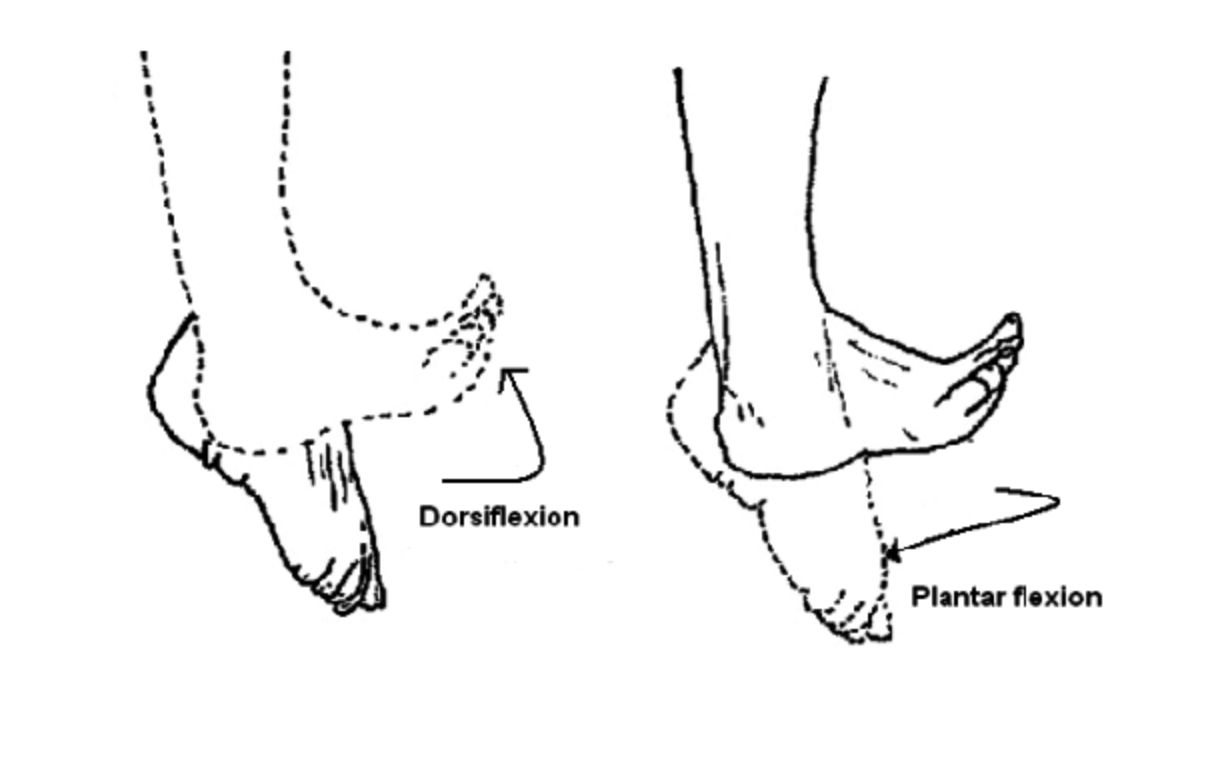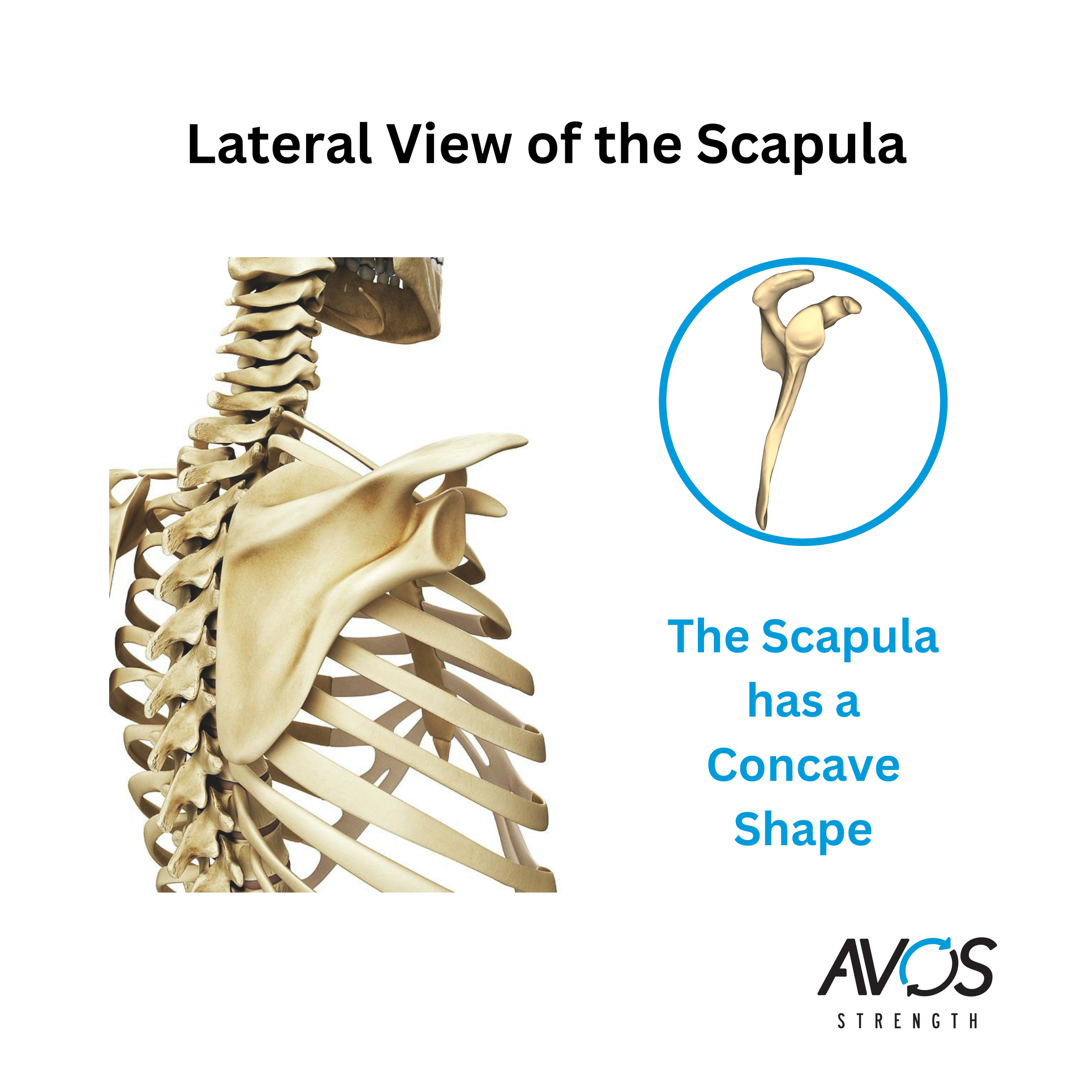For most people, aging means slowing down, getting injured more often, and gradually stepping away from the sports or activities they once loved.
But it doesn’t have to be that way.
At Avos Strength, one of our core goals is helping people stay active and strong enough to keep doing what they love. Whether that’s playing hockey, hiking, running around with grandkids, or competing in tennis well into their seventies.
Longevity isn't just about living longer. It's about being able to play longer.
Strength Training Is the Foundation
The research is clear: strength training is one of the most powerful tools for healthy aging.
The Canadian Physical Activity Guidelines recommend that adults engage in strength training at least two times per week. Not just walking. Not just stretching. Strength work.
Why?
Because as we age, we naturally lose:
• Muscle mass (sarcopenia)
• Bone density (osteopenia)
• Balance and coordination
• Speed and power
None of that is inevitable if you stay consistent and take action early.
Strength training helps maintain lean mass, reinforce bone density, improve joint integrity, and significantly reduce the risk of falls, fractures, and injuries. It improves your ability to move, lift, rotate, decelerate, and react. These skills matter whether you’re skiing or just stepping down a curb.
Our Clients Are Proof
We work with clients in their sixties, seventies, and beyond who are still playing high-level sports. Hockey. Tennis. Pickleball. Soccer.
They’re not outliers because of genetics. They’re still going because they’ve trained consistently for years. They’ve built capacity and resilience. And now they’re seeing all their peers slow down, drop off, or get injured while they’re still showing up and performing.
That’s not luck. That’s training age, smart coaching, and commitment.
It's Never Too Late to Start
You don’t need to start in your thirties or forties to benefit from strength training.
We’ve seen people start in their sixties and still build muscle, improve balance, regain confidence, and feel better than they have in years.
The science backs this up. You still have the ability to increase strength, coordination, and motor control at any age. What matters is that you start now and do it with support and structure.
The Right Attitude Is Just as Important
Training isn’t just physical. It’s mental. And the attitude you bring into the gym matters just as much as the exercises you do.
We don’t work with clients who say things like:
"I can’t do that."
"I’m too old."
"That’s not for someone like me."
Because the more you say you can’t, the more you won’t.
You still have the ability to wire new movement patterns, build new neural pathways, and develop new skills. Research shows that your brain and body are capable of adapting well into later life. You just have to give them the opportunity.
We will always coach you safely and program with purpose. But you need to be willing to try.
The clients who see long-term success are the ones who stay curious, open, and engaged. They say yes more than they say no. That mindset carries them forward.
This Is a Lifestyle, Not a 3-Month Fix
At Avos Strength, we don’t believe in quick fixes or short-term programs. This isn’t a three-month transformation. This is long-term development.
Strength training is not just about lifting weights. It’s about:
• Building confidence in your body
• Staying resilient against injury
• Learning skills that stay with you
• Creating structure in your week
• Building meaningful relationships with coaches and teammates who support you
Our clients train with us because they want to live well and play hard for as long as possible. And they enjoy the process along the way.
The Bottom Line
Strength training is one of the best investments you can make for your future self.
Whether you're trying to stay in the game, reduce your injury risk, or simply move better and feel stronger, it’s never too late to start. What matters is that you stay consistent, train with intention, and surround yourself with people who care about your long-term success.
Train. Play. Repeat.
If you're ready to build a strong, capable version of yourself, we’re here for that.
Book a session with Avos Strength and let’s get started.








